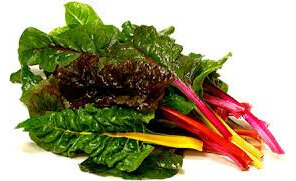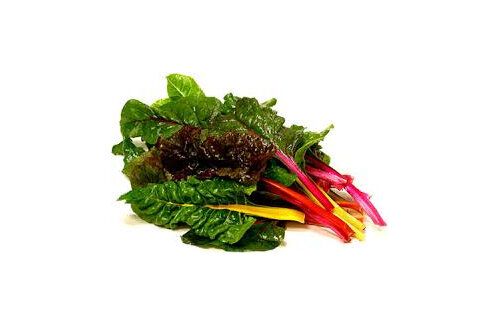Also called Swiss Chard, spinachbeet, perpetual spinach seakale beets. Use raw in salads, lightly sauteed in stirfries & curries or add to a green smoothie, don't forget to eat the stalks as well. Used for centuries in Mediterranean cooking.
Swiss chard is a superstar in Mediterranean cooking. It has distinctly large, dark green leaves, which are harvested at various stages of maturity. The whole plant with tender, young leaves can be used for salads, while the individual large-sized, mature leaves can be harvested for sauteing and cooking dishes.
The vegetable is known by many names, including silverbeet, spinach beet, perpetual spinach, bright lights, crab beet, and seakale beets. In South Africa, however, it is simply called spinach. It has been around for centuries, but has been confused with beets and other vegetables like cardoon because of their physical similarities.
Swiss chard comes in various types depending on shine, crunchy stalks, and petiole. There are the green stalk (Lucullus), Red stalk (Charlotte, Rhubarb chard), and multicolor stalks (bright lights).
This annual crop, widely grown around the Mediterranean region and available at its best from June to November, is so flexible in the kitchen. Fresh, young ones are used raw in salads, while mature ones are sautéed or cooked. One example is pizzoccheri, a kind of flat ribbon pasta enjoyed in Italian cooking. In Egyptian cuisine, it is commonly cooked with taro root and coriander in a light broth. The leaves bitterness fades with cooking, giving you a refined flavor.
Health Benefits of Swiss Chard - please Google :)







